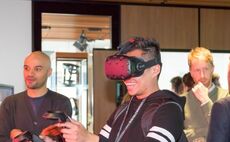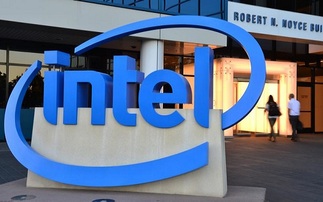Phoenix Lander will search for life at red planet's frozen northern pole
IBM's Power Architecture technology will help to investigate Mars NASA's next Mars mission will look for life on the red planet's frozen surface using technology built by BAE Systems using IBM's ...
To continue reading this article...
Join Computing
- Unlimited access to real-time news, analysis and opinion from the technology industry
- Receive important and breaking news in our daily newsletter
- Be the first to hear about our events and awards programmes
- Join live member only interviews with IT leaders at the ‘IT Lounge’; your chance to ask your burning tech questions and have them answered
- Access to the Computing Delta hub providing market intelligence and research
- Receive our members-only newsletter with exclusive opinion pieces from senior IT Leaders




















